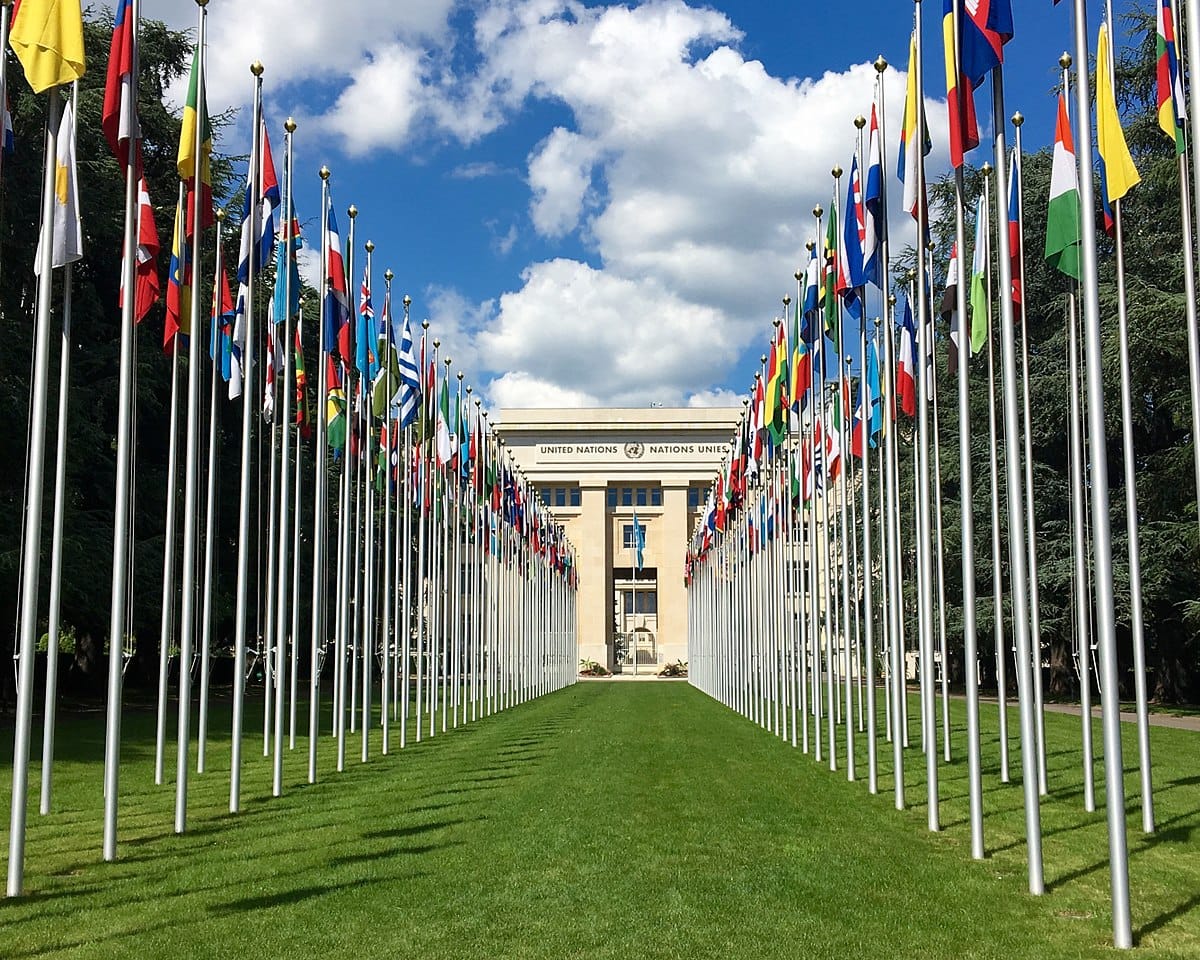European Heritage sites are milestones in the creation of today’s Europe. Spanning from the dawn of civilisation to the Europe we see today, these sites celebrate and symbolise European ideals, values, history and integration.
Since 2013, sites have been selected for their symbolic value, the role they have played in European history and activities they offer. These sites bring the European Union and its citizens closer together.
In a celebration of Europe’s rich and diverse cultural heritage, the European Commission has announced the winning European Heritage Label sites for 2023. In receiving this label, 7 historical sites from across the continent have been recognised for their significant role in the history and culture of Europe and the development of the European Union.
The winning sites are:
Cisterscapes – Cistercian Landscapes Connecting Europe (Austria, Czechia, Germany, Poland, Slovenia)
Monastery of San Jerónimo de Yuste, Cuacos de Yuste (Spain)
Our Lord in the Attic Museum (The Netherlands)
Royal Theatre Toone (Belgium)
The Kalevala (Finland)
Romanian Athenaeum (Romania)
Sant’Anna di Stazzema (Italy)
The European Heritage Label was established by the EU in 2011 to promote a sense of belonging and identity among Europeans. It highlights sites that have played a pivotal role in shaping our continent’s shared history. The label was first awarded in 2013. This year’s selection brings the total number of sites with the label across Europe to 67.
Each participating EU country can propose up to two sites to receive the label, which is awarded every two years. A European panel of independent experts selects one site per participating country. Based on this recommendation, the European Commission designates the sites to be awarded with the label. The 7 sites from this year were selected out of 16 candidate sites.



